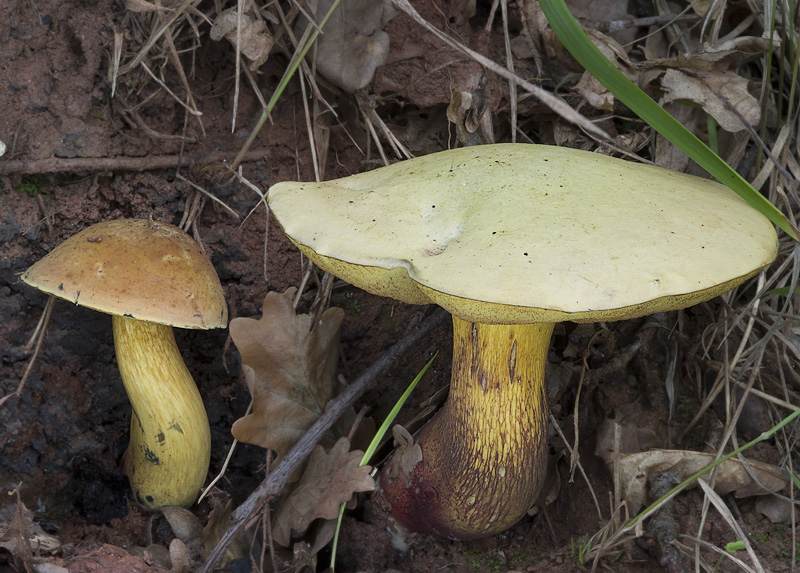
Boletus luridus (Hřib koloděj)
These are the short-lived, umbrella shaped fruit bodies that have tubes beneath the cap rather than gills. The tubes form a sponge like structure where the spores are produced and released. Boletus luridus is a spectacular species once you get beneath the cap. The cap itself is variably coloured but generally a rather dull tawny brown.
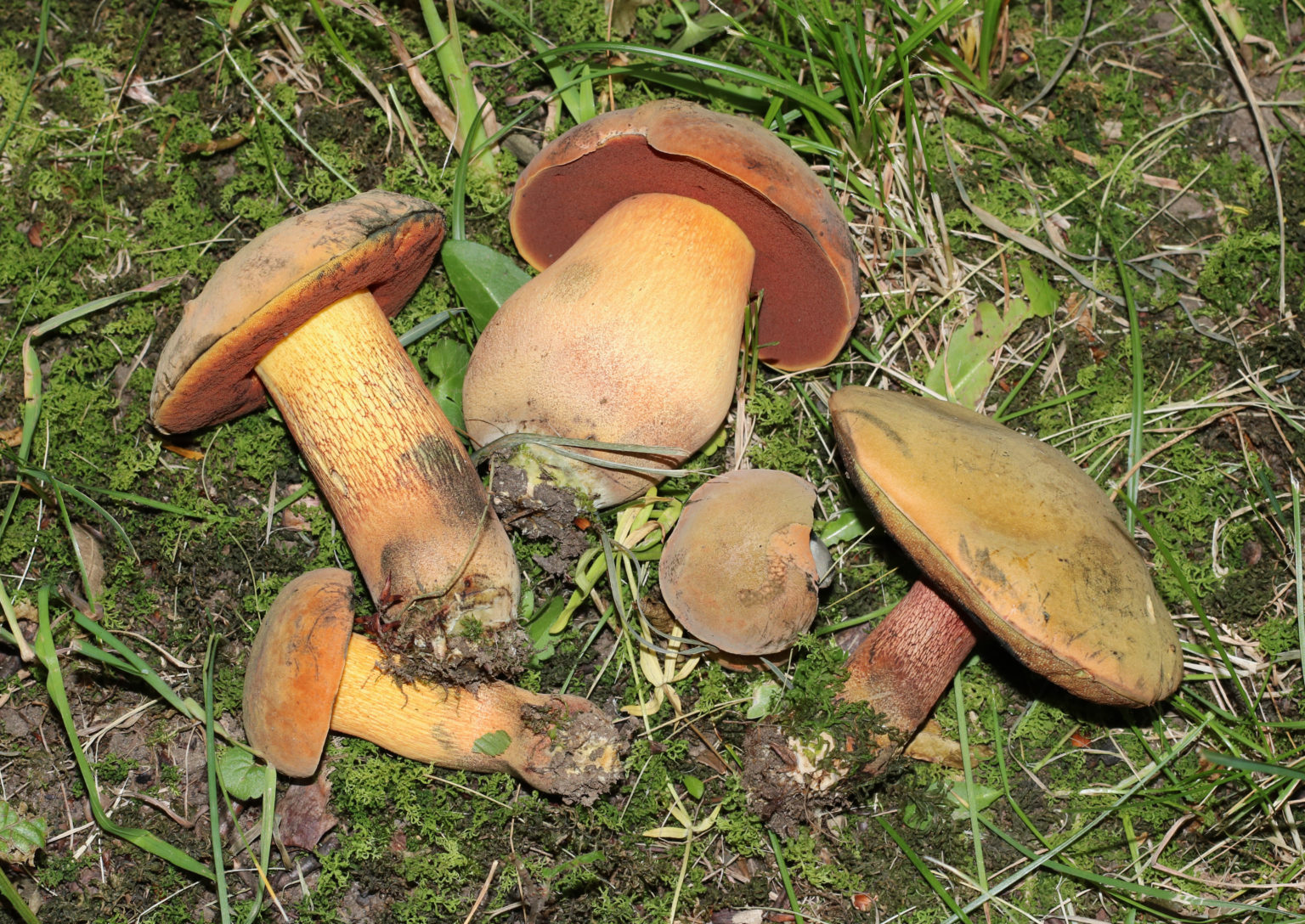
Boletus luridus
The Devils Bolete, (Boletus Satanas) is the most toxic possible confusion. But this also never has the red line that appears between the cap flesh and the pores of the Lurid Bolete, the flesh has a less intense blueing and it won't have the red flesh at the base of stem. There are also some edible look-a-likes such as the Scarletina Bolete.
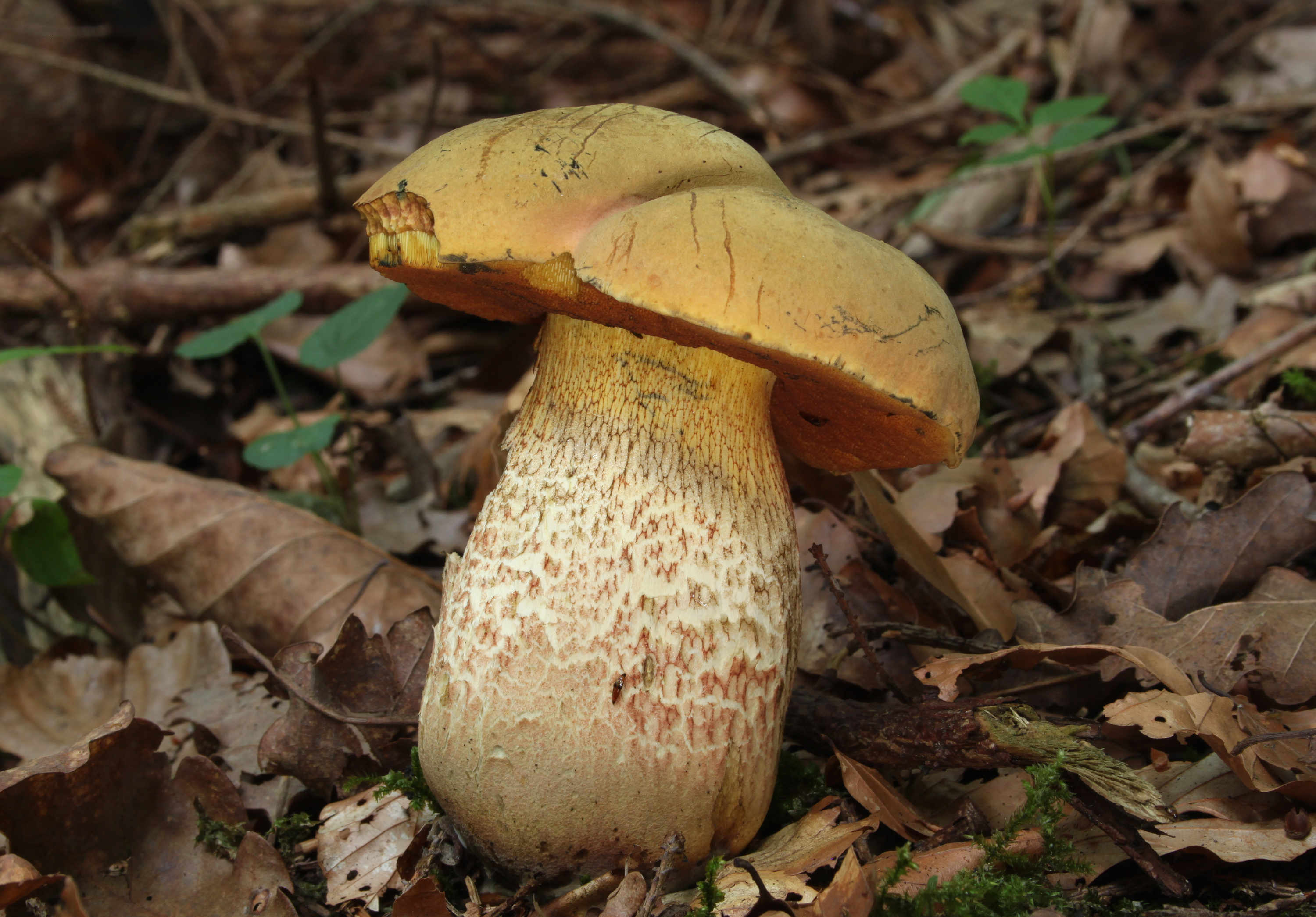
Boletus Luridus Wallpapers High Quality Download Free
Boletus luridus. overview. data. media. names. 2014 Dr. Amadej Trnkoczy cc-by-nc-sa-3.. EOL has data for 3 attributes, including: geographic distribution includes.

Boletus Luridus Wallpapers High Quality Download Free
Boletus luridus Schaeff. : Fr. Cap up to 15 cm, at first hemispherical, later convex to flat-convex, yellowish, yellow, olivaceous yellow, greyish yellow, greyish ochraceous, olivaceous grey, sometimes with darker spots, yellow with pinkish or flesh-coloured areas or almost entirely flesh coloured, or red, cap surface blueing when bruised.

Boletusluridus_53 Boletus luridus Lurid bolete Slo. noro… Flickr
Boletus luridus : Season Start: Jul : Season End: Oct : Average Mushroom height (CM) 7-11 : Average Cap width (CM) 7-11 : Watch our videos on YouTube. Please note that each and every mushroom you come across may vary in appearance to these photos. Cap . 7-11cm. There are some variants of the Lurid Bolete, in some the cap starts pale yellow and.
BOLETUS LURIDUS
The generic name Boletus comes from the Greek bolos, meaning 'lump of clay', while the prefix neo- means new or young, and in taxonomy it is used to indicate a recent cladistic branch. The specific epithet luridiformis suggests that this species is similar in form to Suillellus luridus .
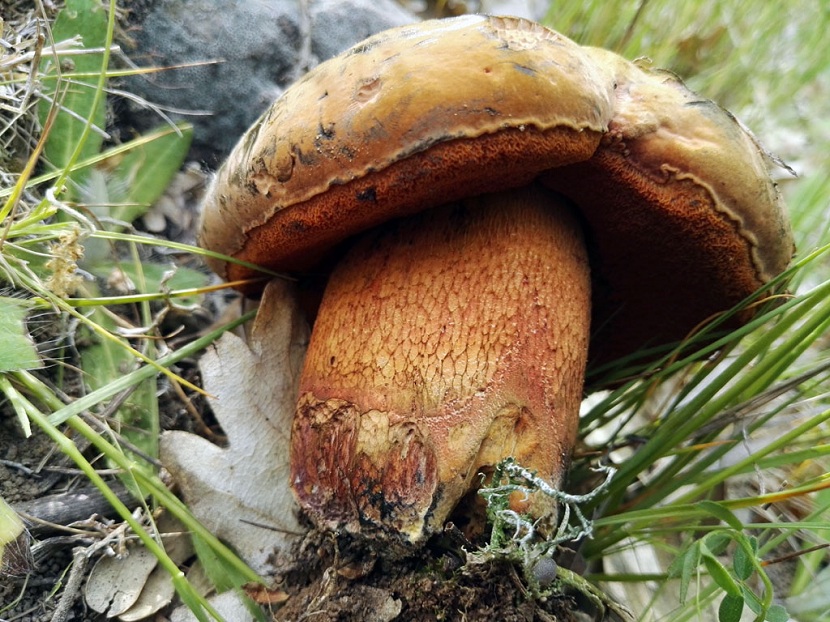
Boletus luridus características, propiedades y posibles confusiones
The most distinguishing feature is the flesh turning rapidly deep blue when bruised or cut. Be aware of the lurid bolete (boletus luridus) which differs in its paler cap colour and the presence of a net pattern (reticulum) on the stipe (see picture below). Lurid bolete is also edible, but has more reports of adverse reactions in a small.

8+ Boletus Luridus Ricette GuillaumeRoch
About Press Copyright Contact us Creators Advertise Developers Terms Privacy Policy & Safety How YouTube works Test new features NFL Sunday Ticket Press Copyright.

Boletus luridus sChaeff. Wyskok 2, orchard, 2006. Ryc. 12. Boletus
Neoboletus luridiformis, also previously known as Boletus luridiformis and (invalidly) as Boletus erythropus, is a fungus of the bolete family, all of which produce mushrooms with tubes and pores beneath their caps.It is found in Northern Europe and North America, and is commonly known as the scarletina bolete, for its red pores (yellow when young). [citation needed] Other common names is: red.

Menuda Natura Boletus luridus Schaeff.
The Lurid Bolete is an extremely variable looking mushroom, and certainly not one for the novice forager. By www.wildfooduk.comFor more information about For.

Boletus luridus (Lurid Bolete)8685 Boletus luridus. synony… Flickr
Boletus luridus [ Basidiomycota > Boletales > Boletaceae > Boletus . . . by Michael Kuo. This impressive mushroom, associated primarily with oaks in eastern North America, is a blue-staining bolete with a red to orange pore surface, a brown to brownish cap, and a stem decorated with prominent reddish reticulation.Several North American species will meet this broad description, and most of them.

Boletusluridus_51 Boletus luridus Lurid bolete Slo. noro… Flickr
What You Should Know. Suillellus luridus (formerly Boletus luridus) is a fungus of the family Boletaceae, found in calcareous broadleaved woodlands in Europe. Fruit bodies appear in summer and autumn and may be locally abundant. It is a firm bolete with an olive-brown cap up to 20 cm (8 in) in diameter, with small orange or red pores on the.
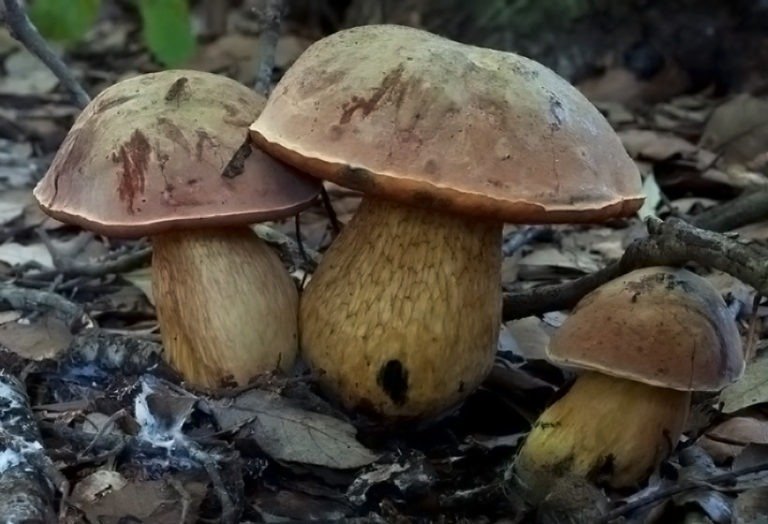
Boletus luridus Boleto lurido Info e Commestibilità
BOLETUS ERYTHROPUS (Fries) Krombholz, Consp.Fung. Esc., p.24.1821. Boletus luridus var. erythropus Fries, Syst. Mycol. 1:391. 1821. Illustrations: See Microfiche No.

Boletusluridus_52 Boletus luridus Lurid bolete Slo. noro… Flickr
The following is an incomplete list of species of the mushroom genus Boletus.The genus has a widespread distribution and contains about 300 species. However, the genus is polyphyletic, and approximately only 10 percent of the described species are actually members of the Boletus sensu stricto clade (Singer's Boletus section Boletus, also known as the "Porcini Clade").

Boletus Luridus Also Said Suillellus Luridus. Section of the Mushroom
Lurid bolete (Suillellus luridus). Once considered a member of the Boletus genus, the lurid bolete is a mushroom that is best avoided. Inexperienced mushroom hunters could easily confuse it with the severely poisonous European species Satan's bolete (Rubroboletus satanas) or its North American cousin Rubroboletus eastwoodiae. When cut, the stem of this bolete goes dark blue. Its smell is a bit.

8+ Boletus Luridus Ricette GuillaumeRoch
Suillellus luridus (formerly Boletus luridus), commonly known as the lurid bolete, is a fungus of the family Boletaceae, found in calcareous broadleaved woodlands in Europe. Fruit bodies appear in summer and autumn and may be locally abundant. It is a firm bolete with an olive-brown cap up to 20 cm (8 in) in diameter, with small orange or red pores on the underside (yellow when young).